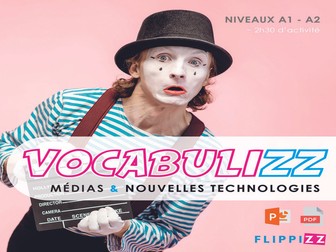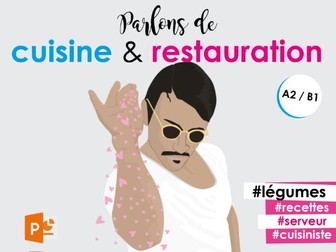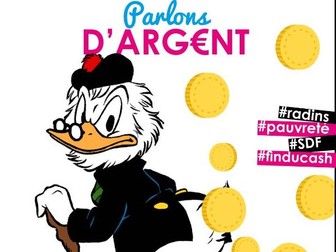French: town/ countryside
Everything you need to talk about town and countryside is in this great resource for EFL. More than 20 activities to use in PDF (clickable + printable) and PowerPoint format.
Description
Town or countryside? Let your students express themselves on this topic with this educational resource in PDF and illustrated and nicely animated PowerPoint format for your A2 / B1 EFL course.
At the end of all the sequences in this educational resource, your students will have achieved a range of comprehension and production objectives.
Comprehensions about town and countryside
First of all, they should understand an audio document that presents Parisians who leave the city to settle in the countryside. This audio presents the causes and consequences of the urban exodus. Then, they will answer questions about
the most ecologically modern city in the world. This document presents all the initiatives put in place to respect the environment by developing the economy and tourism.
Finally, they will have to do a musical understanding of a song that highlights the government’s total lack of interest in the French countryside.
As far as reading comprehension is concerned, it will take two forms. Firstly, a table which aims to help a certain person to find the city corresponding to his/her criteria. Then, secondly, to understand the concept of eco village through an article that presents the daily life and the way of functioning of this atypical place.
Production objectives for the city and the countryside
Most of the production objectives are oral productions. As always, you will have a set-up that aims to create a debate between the country dwellers and the city dwellers in your class. In addition, before each authentic document, you will have to go through a series of introductory exercises to find out what the students know about the topic of the sequence. After listening to the song, the
students will have to write a speech to make the Minister of Education react from different angles. A debate will also be launched on the importance and priority of certain criteria for a city (transport, safety, etc.). Afterwards, they will express themselves on unusual prohibitions found in the most ecological city in the world. There are several other oral productions to be made, but I’ll let you discover what they are by downloading this sheet.
At the end of this resource, there is a vocabulary list of town and countryside. Practical exercises will be also done in order to learn it properly. QR codes will be present, they will allow to access to multimedia content necessay to do the exercises and to access to the transcription.
Congratulations in advance for this acquisition.
Abdou.









